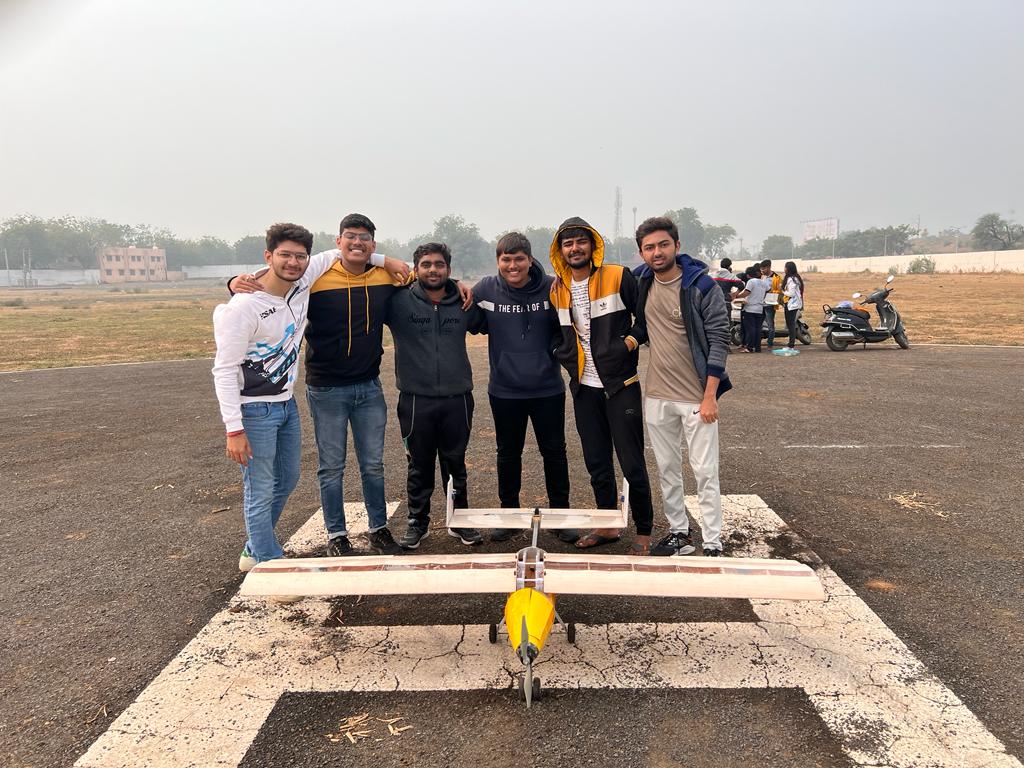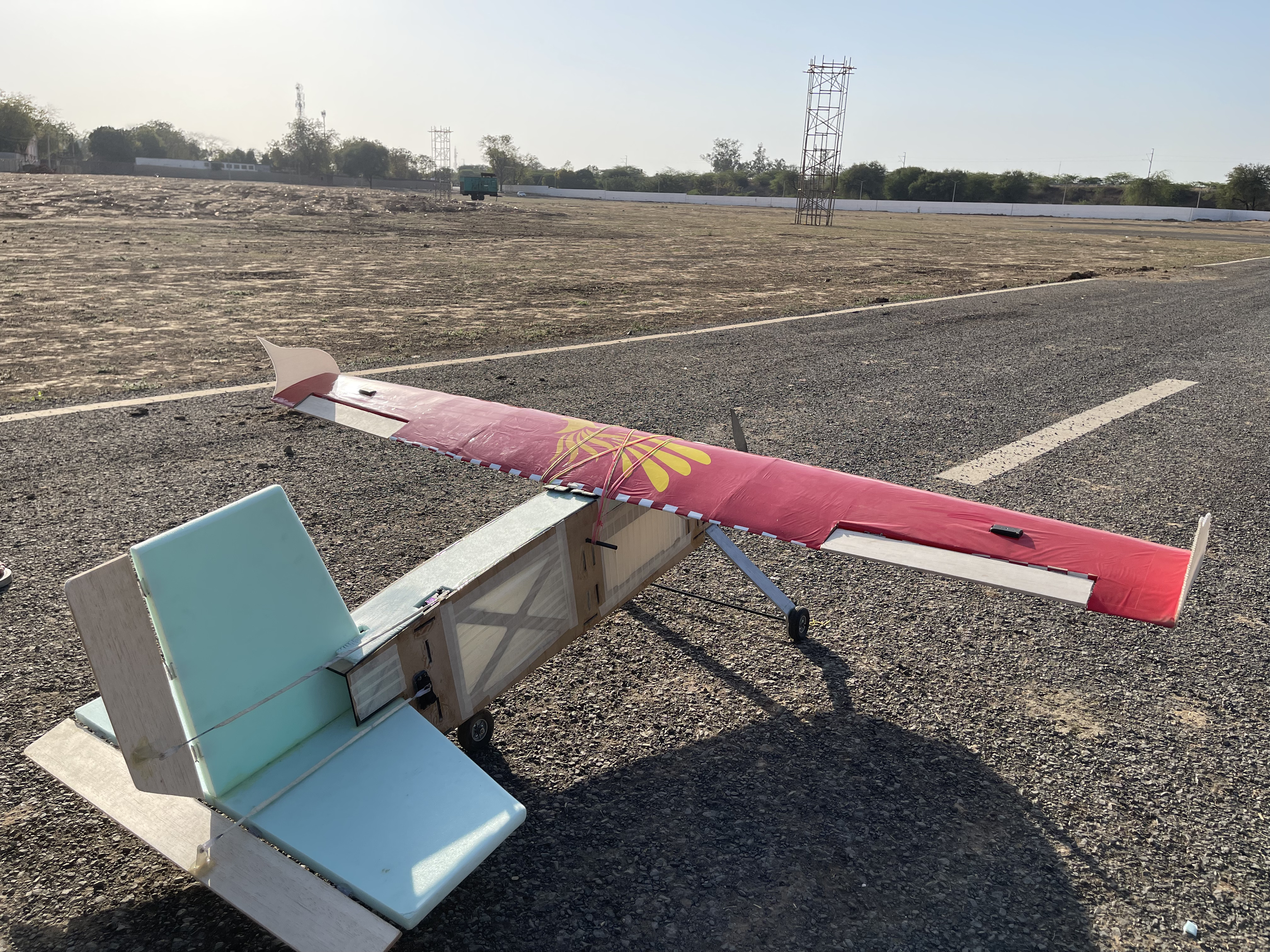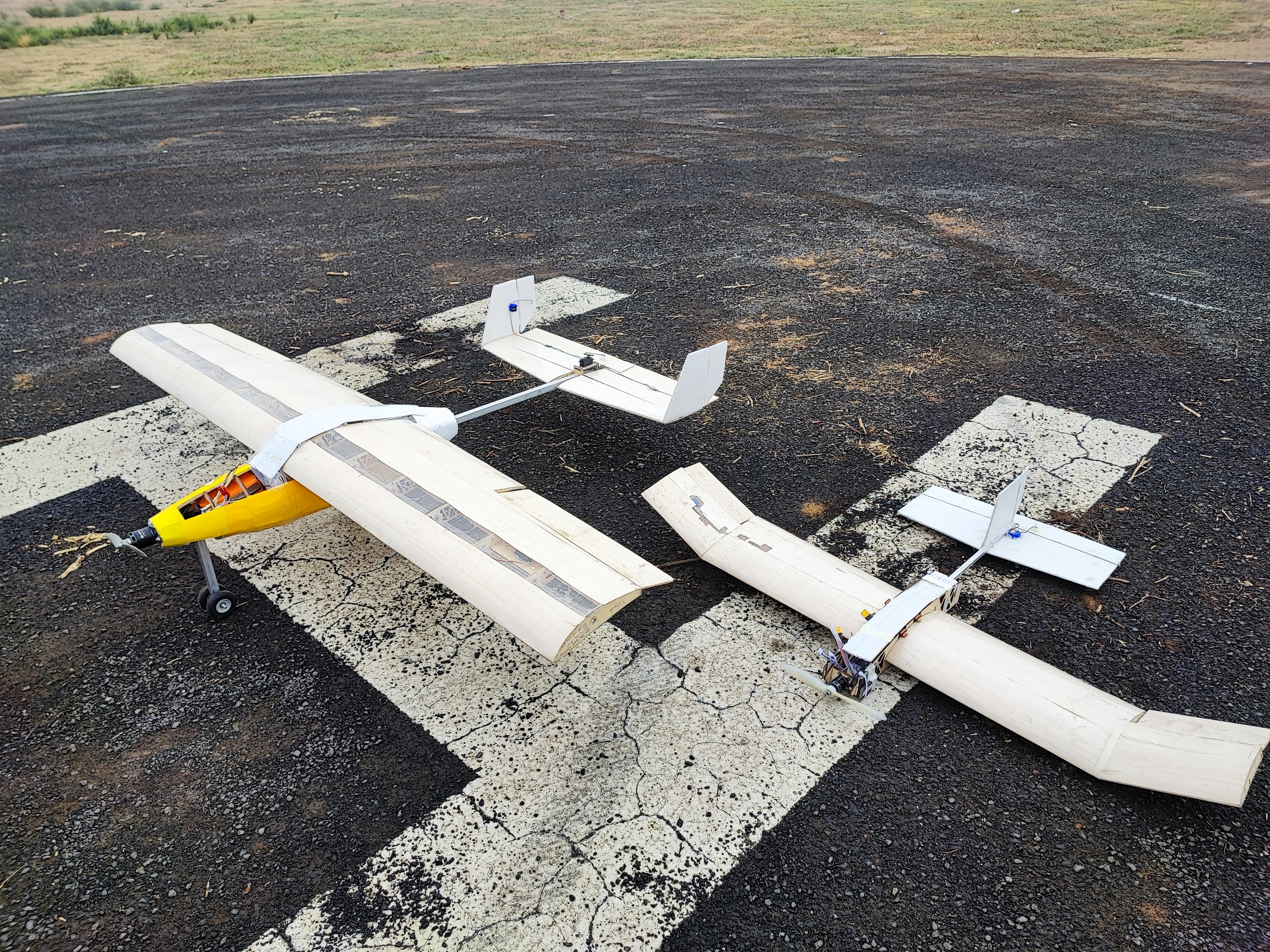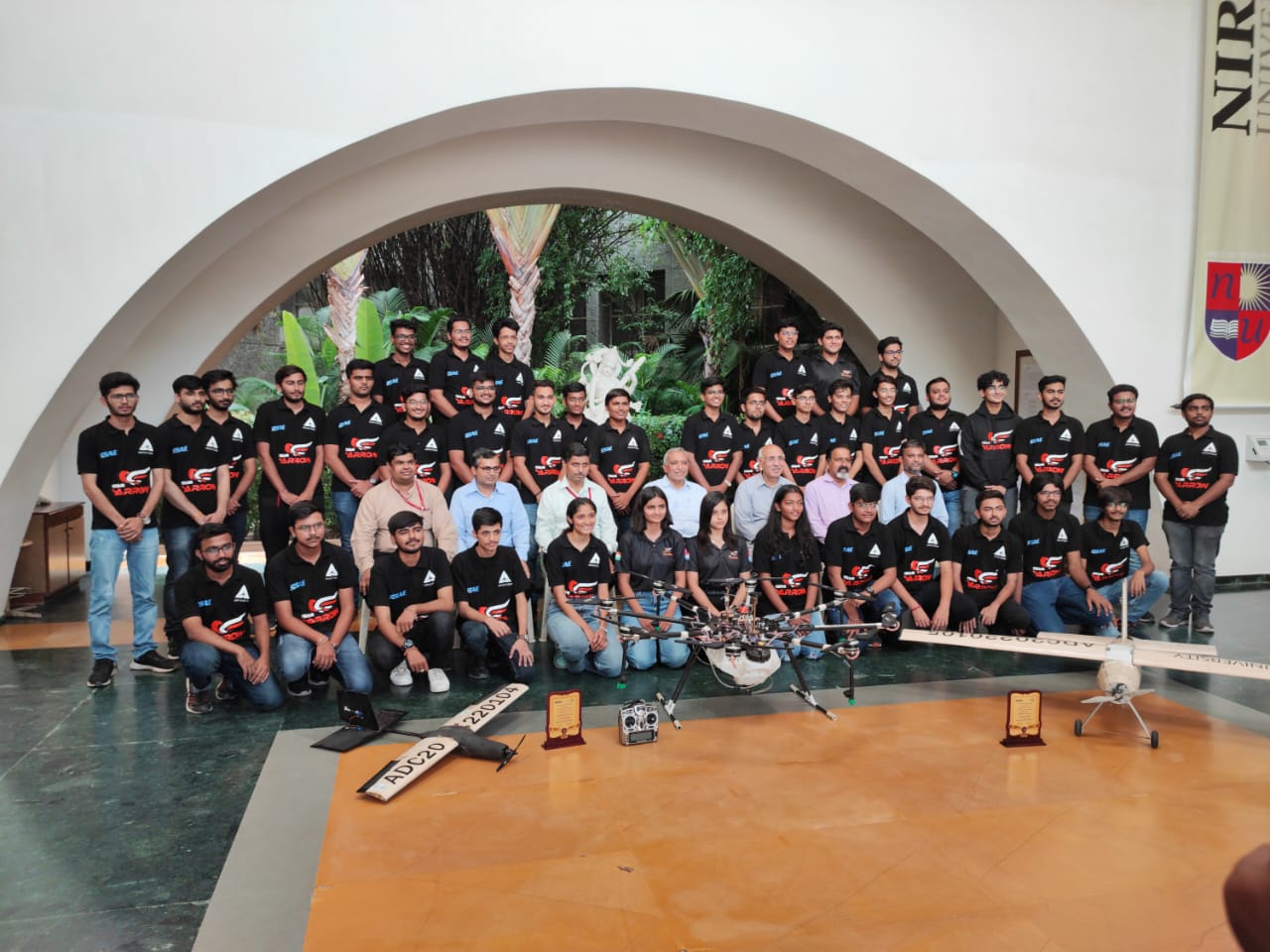
The DDC Regular 2022 competition challenged our team to develop a high-performance UAV, optimized for stability, aerodynamic efficiency, and ease of assembly. These characteristics were essential for meeting the rigorous demands of the SAE Aero Design Challenge, ensuring our UAV could achieve maximum efficiency while maintaining structural resilience.

To achieve optimal lift-to-drag performance and low-speed efficiency, we selected the FX74 CL5 140 airfoil, known for its exceptional aerodynamic properties. The high-wing configuration was strategically chosen to provide effective airflow over control surfaces, enhance flight stability, and minimize stress transmission during landing, ensuring durability and smooth operations.
The UAV’s design and development followed a structured approach, progressing through mission requirement analysis, trade studies, and conceptual, preliminary, and detailed design phases. Each structural component—including the wing, empennage, and fuselage—was refined using advanced computational tools such as XFLR5 for stability analysis, ANSYS FEA for structural integrity simulations, and CFD for aerodynamic refinement. To further enhance performance, we incorporated lightweight materials like balsa wood and aero ply while leveraging topology optimization techniques to strike the perfect balance between structural integrity and weight reduction.


To validate the UAV’s airworthiness and reliability, we conducted extensive testing, including static and dynamic stability analyses, wing load and drop tests, and wind tunnel experiments. Throughout the iterative development process, we faced and successfully addressed several challenges:
- Material Selection & Structural Balance: Early designs encountered wing deformation and imbalance issues, which were mitigated through rigorous testing and refinements.
- Cost-Efficient Performance Enhancements: Instead of using expensive winglets, we implemented endplates, which economically improved the lift-to-drag ratio while maintaining aerodynamic efficiency.

This project has been a transformative experience, significantly enhancing our technical expertise, problem-solving abilities, and collaborative engineering skills. Overcoming challenges in airfoil selection, stability optimization, and structural refinement has prepared us for future UAV innovations, solidifying our position as a leading UAV design team.